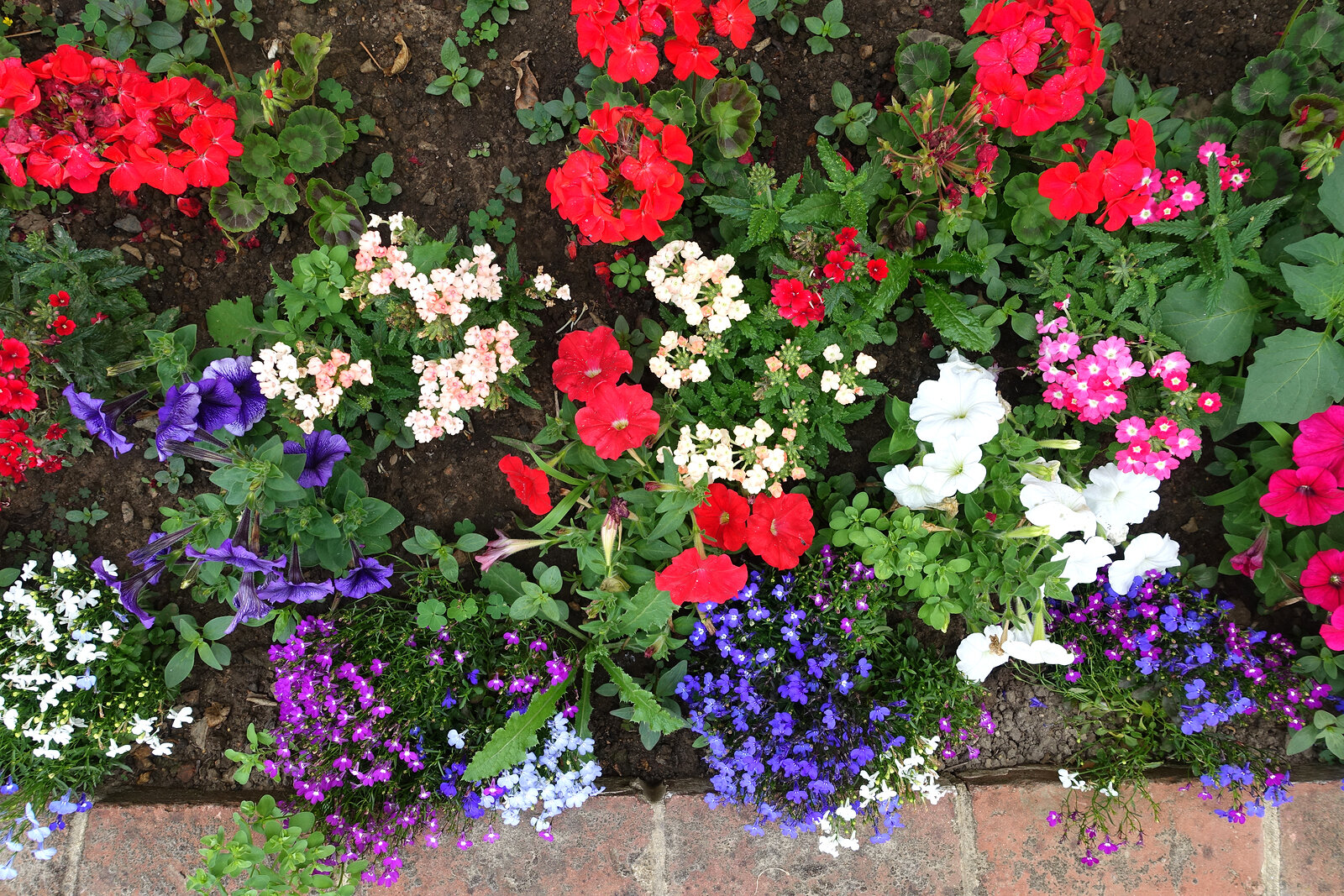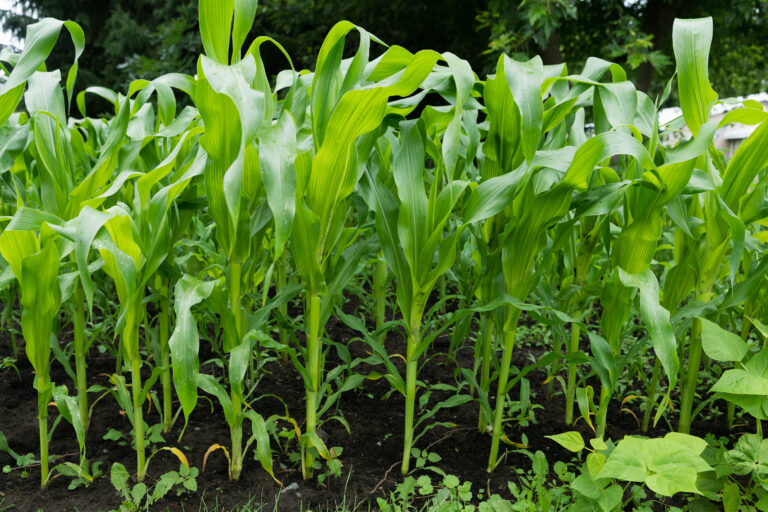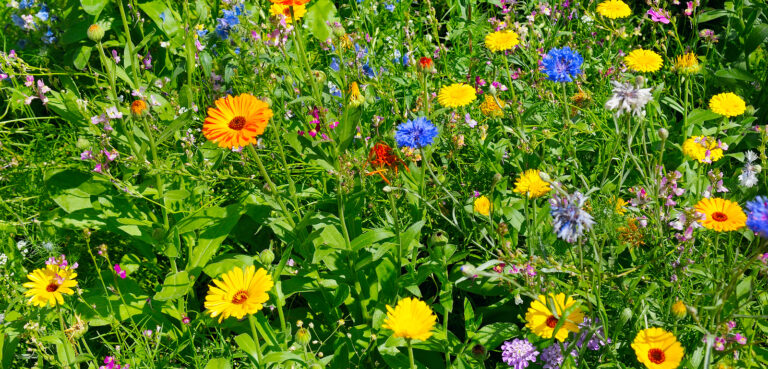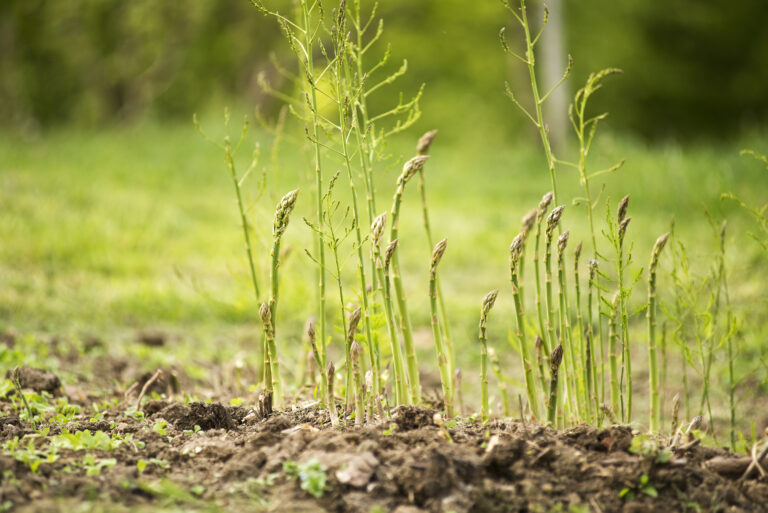Gardening Terminology Explained
Gardening has a language all its own. There are a few terms that you need to become familiar with as a gardener.
Here are some basic gardening words and what they mean to gardeners:
Annual: This is a plant that grows, blooms, and dies in a single growing season. Some annuals grow in spring and summer—warm-season annuals–and others grow in fall and winter—cool-season annuals. Annuals will be gone at the end of their growing season; then it will be time to set a new annual in its place. Interesting note: Some plants that are annuals where you live may be perennials in warmer parts of the world.
Perennial: This is a plant that lives for more than one year, often two to five years. The foliage of a perennial may die back at the end of the growing season, but it will return in spring. When you plant a perennial, plan that it will grow in that spot for a few years, not just one season.
Biennial: This is a plant that takes two years to flower. In the first year, it grows leaves and gains size; in the second year, it flowers—and then it dies. Biennials may die back after the first season, but like perennials they will reappear in spring and then go on to bloom.
Deciduous: This is a plant—usually woody—that loses all of its leaves in the fall. Many shrubs and trees are deciduous.
Evergreen: This is a plant that keeps its leaves or needles year-round. It does not lose its foliage in fall and winter like a deciduous plant. Many shrubs and trees are evergreens.
Full sun: This term is used to describe the light needs of a plant. Full sun means the plant wants a full day of sun, at least 8 hours of sunlight each day in order for the plant to thrive.
Part shade or partial shade: This term is used to describe the light needs of a plant that does not need a full day of sun. This plant can survive with a half-day of the sun—usually in the morning or late afternoon—or it will do well with a full day of dappled or filtered shade.
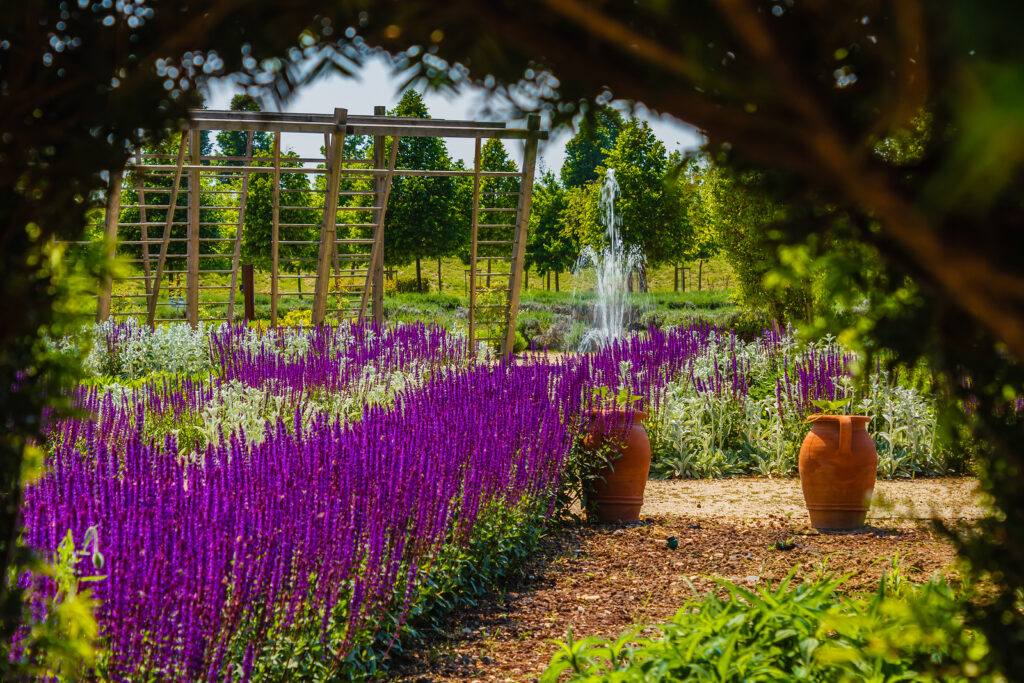
Full shade: This term is used to describe a location that gets no direct sunlight. There are plants that can grow and thrive in shade; in fact, they may suffer if exposed to part or full sun.
Deadheading: This term means to trim away flowers that have finished blooming. Flowering plants that are deadheaded will often bloom again. If a flower is not deadheaded, it will form seeds and drop the seeds to the ground—in the hope of making new plants.
Mulch: This is any material placed on the ground and around plants to protect the soil and plant roots. Mulch is often organic materials such as compost or bark. But there are inorganic mulches such as rolled spun poly or plastic. Mulch can keep the soil from growing too hot in summer or too cold in winter. Mulch can also keep soil moisture from evaporating.
Fertilizer: This is an organic or inorganic (chemical) material that feeds a plant promoting plant growth. Some fertilizers are dry, and some are liquid. Fertilizers contain macro and micro-nutrients. The macro-nutrients at nitrogen, phosphorus, and potassium, listed as N-P-K on a fertilizer label.
Evenly Moist: This is a common term for how moist the soil surrounding a plant should be. Nutrients used for plant growth are in the soil; they must be soluble for plant roots to take them up. A soil that is evenly moist—not soggy wet and not dry—can take help to deliver nutrients to plants via their roots.
Reseed: This term is applied to plants that flower, set seed, and then drop the seed to grow into a new plant. Another term for a plant that reseeds itself is self-sow. If a plant reseeds or self-sows, the gardener does not have to purchase new seed; the plant renews itself.

